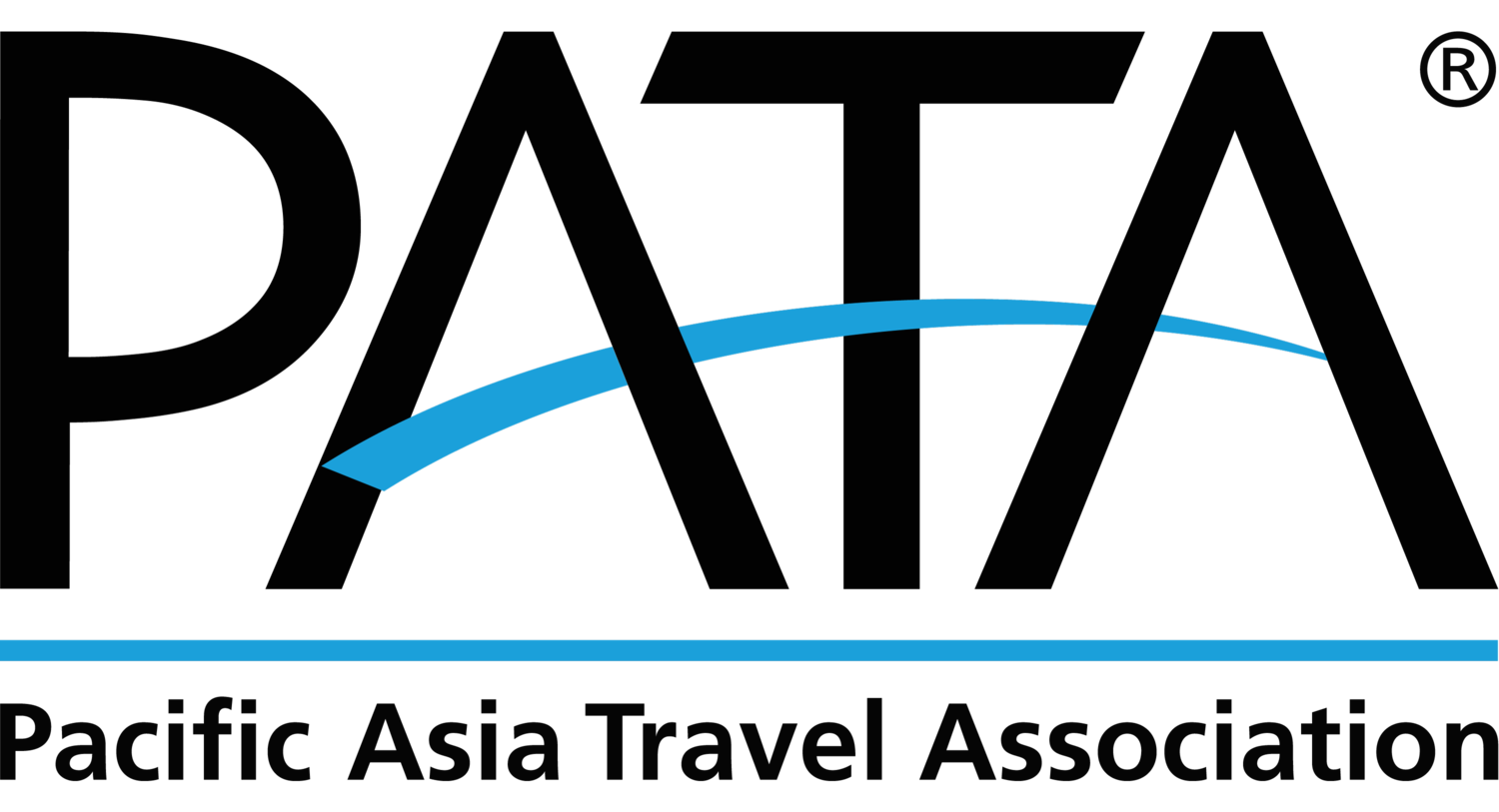Indigenous Tourism & Human Rights In Asia & the Pacific Region: Review, Analysis, & Checklists
This project, Indigenous Human Rights in Tourism, is a research initiative made possible through the leadership of PATA and funded by Deutsche Gesellschaft für Internationale Zusammenarbeit (GIZ) in order to contribute to the practical implementa- tion of the principles of the Larrakia Declaration. We are extremely grateful to the GIZ for providing PATA with the opportunity to contribute to this much-needed work and trust that it will make a worthy contribution towards the protection and advance- ment of Indigenous peoples’ rights within the Complete Visitor Economy.
Overview
Indigenous peoples contribute significantly to the enhancement of global diversity and sustainability through the mainte- nance of their traditional knowledge, cultural practices and irreplaceable natural resources. Indigenous peoples also seek and are entitled to all human rights established under international law to maintain their status as culturally distinct and self-deter- mining peoples. When these two factors combine, they provide benefits not only for Indigenous peoples but for all peoples in all areas of society, and especially through tourism. These benefits will increase as the world becomes more homogeneous and Indigenous cultures provide differentiation, authenticity and the enrichment of visitor experiences.
Tourism and Indigenous culture have much to offer each other. However, in the history of tourism development, human rights violations have been frequently raised and denounced by human rights advocacy groups, NGOs, trade unions and other civil society organizations. Sadly Indigenous groups have often been the victims of such human rights violations.
The report focuses on Indigenous tourism and human rights in the Asia-Pacific region. It reviews case studies, analyses tourism's impact on Indigenous peoples, and provides guidelines to ensure tourism respects Indigenous cultures and rights and promotes sustainable development, particularly in line with international human rights frameworks such as the UNDRIP and the Larrakia Declaration.

